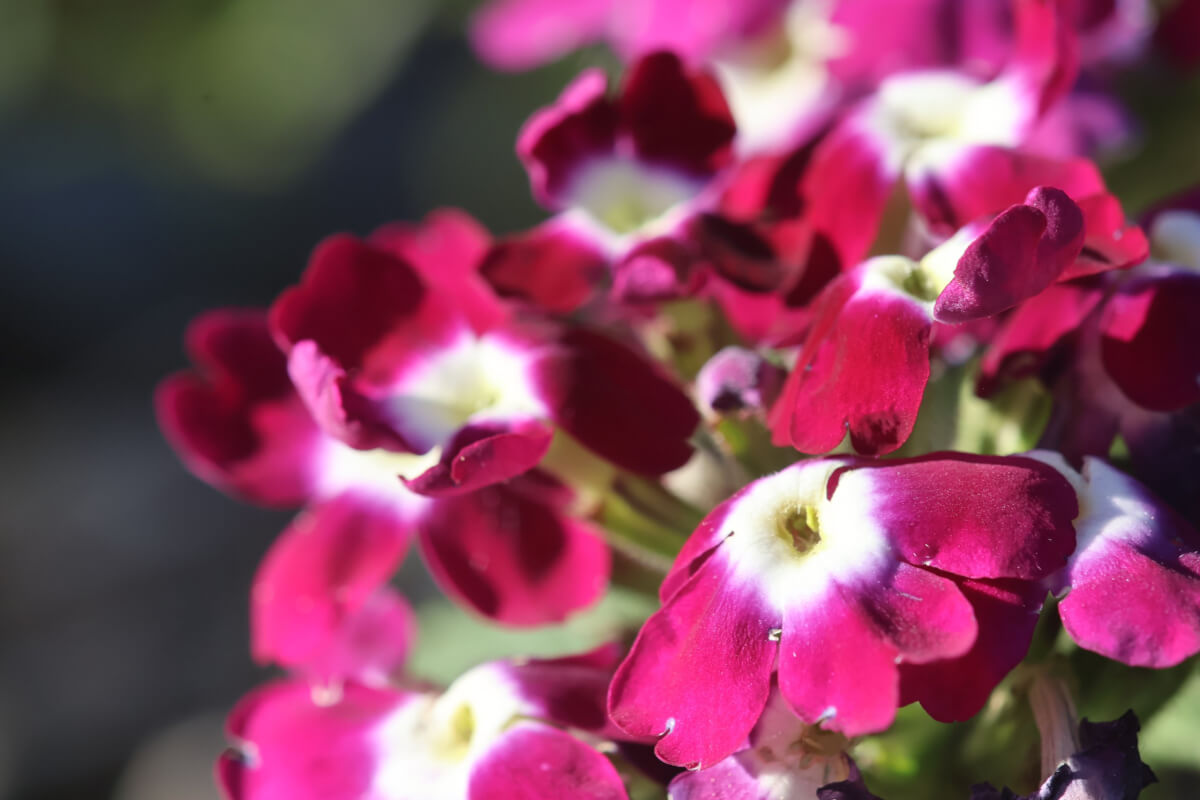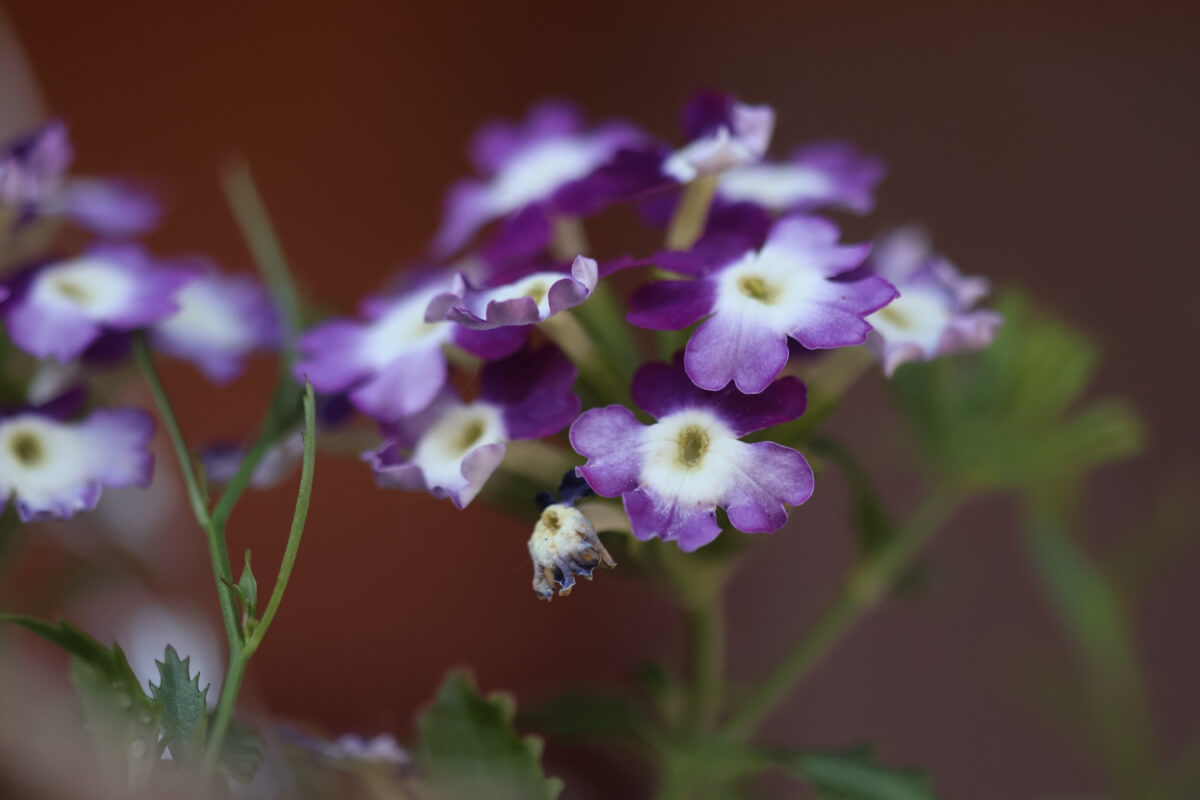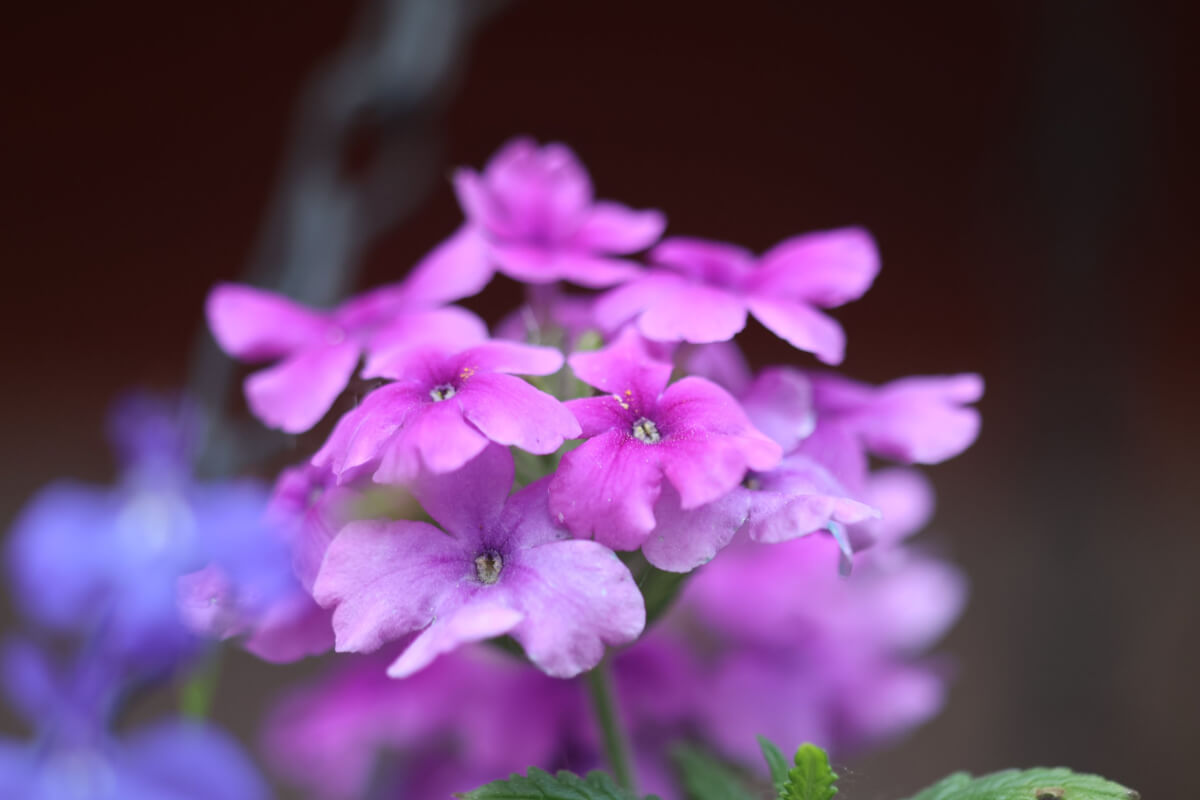It’s finally that time for us to revive our “Flower Fridays!” This is where we feature one of our flowers from across our gardens, showcasing a unique flower each week. We often touch on various topics about its genus, storied histories, applications and growing characteristics.
While our FF’s aren’t always our most popular posts, we do know some people like them and they are more relevant to food production than you might think. There is an undeniable connection between food production, flowers and pollinators. Caring for our flowers in turn benefits our pollinators which completes the cycle by benefitting our grown foods.
Verbena is indeed one of our earliest flowers and a favorite among the pack of first bloomers. A vast species, there’s an incredible 150 different types of verbena that the common gardener can grow. Were you across the pond in European areas, you might hear this species called Vervain as opposed to Verbena.
Verbena is an excellent species to select for container gardening, such as in flower pots and railing planters. Since it’s rather tolerant of droughts, it can easily handle the ebb and flows of water availability when grown this way.
Although Verbena has been used in herbalism and even traditional medicine historically, it’s efficacy as an antiseptic is not the highest seen in the plant kingdom. Folk legends claim that Verbena was used treat Jesus’ wounds after he was removed from the cross, earning the flower the nickname “Holy Herb.”
It’s use goes back even further in history, particular in its ancient Roman applications. Pliny the Elder described verbena as being presented on the Jupiter altars, otherwise known as the God of Sky and Thunder or the King of Gods. Verbena has even seen the rounds in Wiccan culture as a common ingredient in the preparation of the Mandragora charm, earning it prominent history in magic and witchcraft.
We try to grow several different varieties each year, as it’s truly among our favorite flowers. It’s not particularly difficult to grow, seeds are sown 7 to 8 weeks prior to last frost and that’ll get you both early and full-season blooms.




